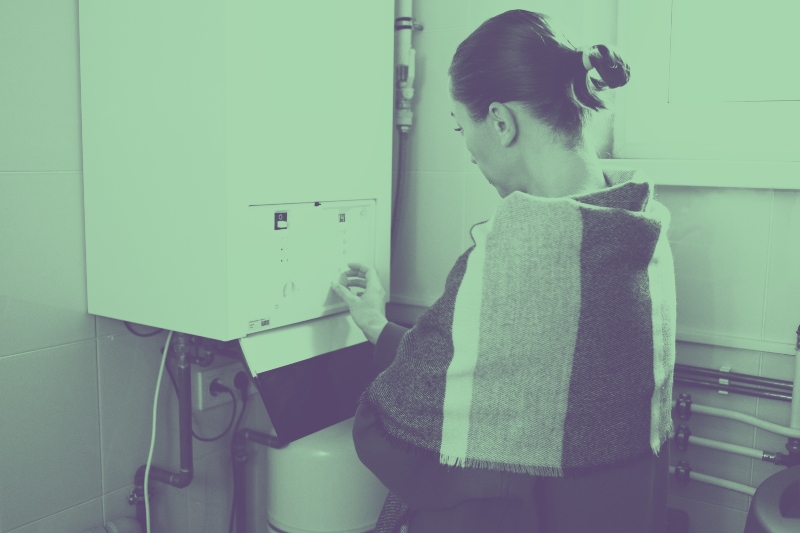
We’ve broken down the information you need to know about your energy bills.
No matter which energy supplier you’re with, the following information will be on your bill, even if the bills look different — and your costs for gas and electricity will be separated out even if you receive one bill.
The key things you need to know
- Bill number and account number — If you have any questions or issues you need to talk to your energy supplier about, it’s easier if you have these details. The bill number lets your supplier know exactly what bill you are contacting them about.
- Your bill period — This will tell you the period of time you’re being charged for on the bill, for example the past month or 3 months, as well as when your meter readings were taken. This information lets you check if you’re being billed for the correct length of time — especially if you’re moving into or out of a house.
- When your payments are due — There are various ways you can pay your bills, including Direct Debit, variable Direct Debit, standing order, etc. If you’re paying by Direct Debit then you should be able to change your payment date by getting in touch with your supplier.
- Tariff information — Your tariff information gives you an overview of how much you will be charged per unit of gas and electricity used (gas and electricity are both measured in kilowatt per hour), as well as your daily standing charges.
- Standing charges — As well as paying for the gas and electricity you use, you pay a daily fee for being connected. This is called a standing charge, and is added to your bill even if you have not used any gas or electricity.
- Your usage — If you or your smart meter are not sending your energy supplier regular meter readings, then they will bill you based on estimated usage. This could be more or less than you’re actually using, which could result in you needing to pay extra when you move out and pay your final balance.
- Amount due — This is worked out using your usage and tariff information, giving a final cost for all the energy you used in this bill period.
- Account balance — This section highlights your previous payments, as well as if you still owe your energy supplier any money. If you pay by direct debit, it’s normal to have a negative balance over the winter and a positive balance over the summer due to changing energy needs, but over the year this should balance out.
- Tariff end date — You can use this information to know when your current energy rates will come to end, as well as if there are any exit fees, and so when you might want to start doing research into other energy suppliers or tariffs.
We’re here for you if you need us. You can find all of our advice on our website, and we’ve also got tips for you if you’re moving into a new house or will be splitting your energy bills with housemates.


